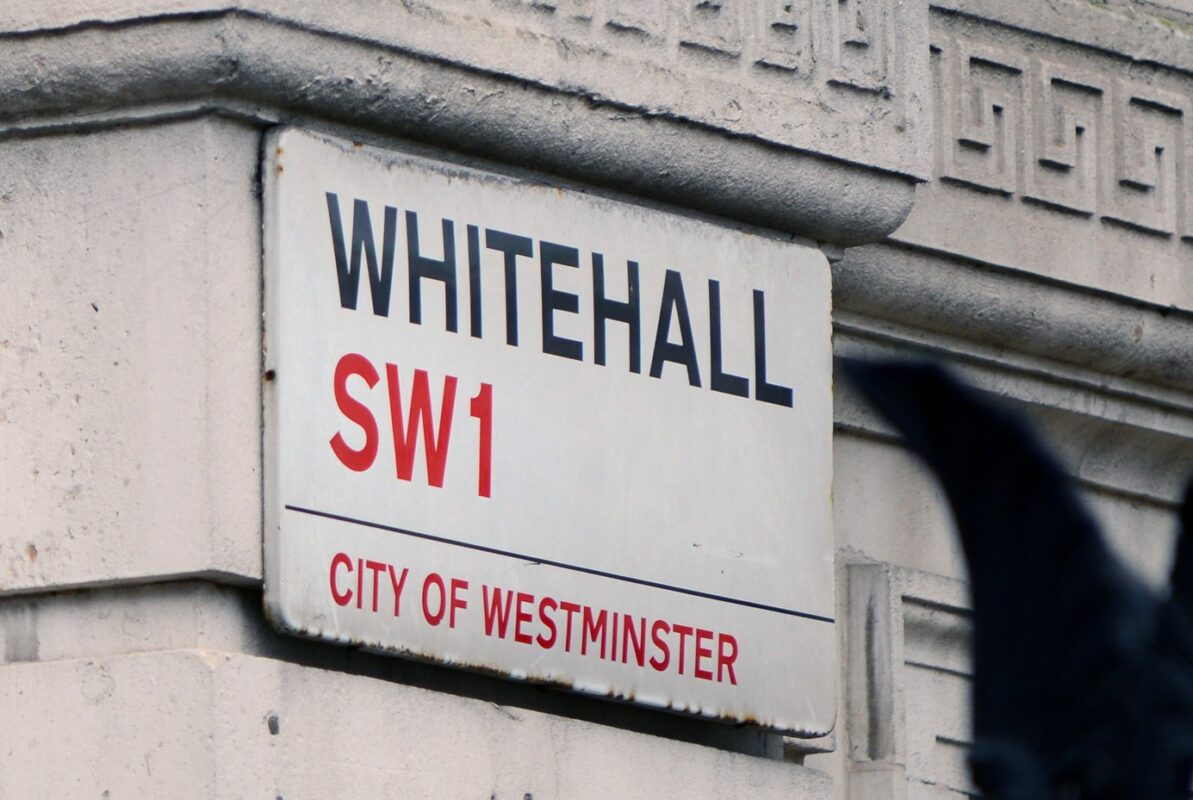
The government relied too heavily on the assumptions and forecasts used to estimate spending under the Levy Control Framework (LCF) while failing to adequately monitor the scheme, according to a report commissioned by the Department for Business, Energy and Industrial Strategy (BEIS).
Following a damning investigation by the National Audit Office, which concluded that significant governmental failings had led to a projected overspend of around £1.5 billion by 2020/21, BEIS asked non-executive director Tom Kelly to publish a “lessons learned” report on the scheme.
It concludes that the root cause of the overspend was “the relative weight the department places on the assumptions that underpin its central forecasts” combined with a “lack of sufficient focus” on the process of monitoring and responding to how these assumptions compared to the rapidly evolving renewables market.
Kelly claims the overspend is due to a fundamental fall in wholesale electricity prices, a surge in demand for projects under the Renewables Obligation and Feed-in tariff, and technological advances leading to a sharp rise in load factors for both existing and new offshore wind turbines.
Kelly’s report suggests a system of properly monitoring the scheme against the forecasts used in its formation could have prevented the LCF’s soaring costs.
“That represents, to varying degrees, weaknesses in the original governance arrangements that were not rectified over time, a lack of transparency and a tendency to group think,” he said.
The government’s failure to monitor the scheme effectively is demonstrated in the report by the fact that the issues deemed to be responsible for the overspend were first identified in September 2013, yet the overspend was not revealed until April 2015.
Despite his self-confessed “lack of expertise in this area”, coming from a number of communications roles, Kelly makes a series of suggestions to BEIS to ensure the same mistakes do not continue to occur.
Among the more troubling recommendations, including placing a single person in control of the LCF who would report to the department on a quarterly basis, Kelly also suggested BEIS regularly publish the assumptions on which it makes its forecasts, as well as the source of these assumptions. He claims this would encourage transparency and widen the pool of external advice – a plea made in the past by MPs and the wider renewable sector.
However, in its response to the report, BEIS has said only that it would routinely publish its LCF projections every six months. However, these would be presented in a way to ensure they “do not reveal commercially-sensitive information” – a reasoning often cited in previous months to avoid sharing the information Kelly suggests should be publically available.
In addition, BEIS claims to have put in place strengthened governance for the LCF, improved internal reporting and scenario planning and better monitoring of load factors.
However, the government has yet to acknowledge the impact its LCF cost-cutting measures have had since being implemented, including the estimated 12,500 jobs lost in the UK solar sector since plans to cut the FiT were announced in July 2015.
It was argued that this scheme was responsible for a significant proportion of the LCF overspend however it has since been found that demand under the FiT contributed just 6%, or £130 million, to the LCF’s costs.
At present, the LCF is due to come to an end in 2020/21 however it was revealed in last week’s Autumn Statement that the government is “considering the future of the Levy Control Framework”, which it intends to set out at Budget 2017.
